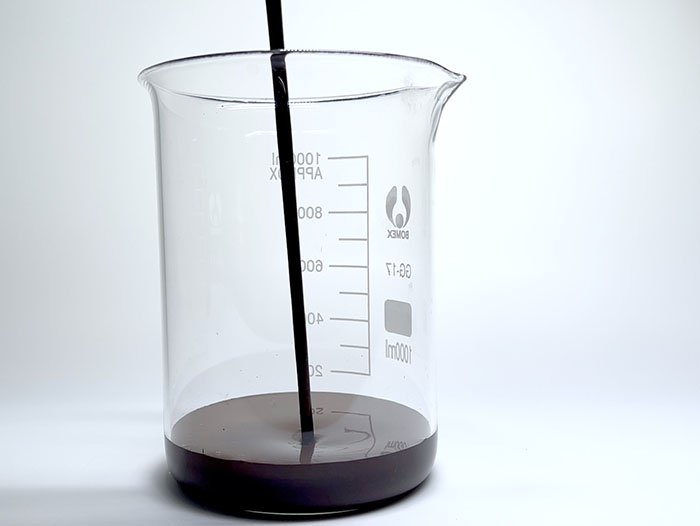Emulsified asphalt is a commonly used highway maintenance material in the process of preventive maintenance. Now, Longteng Road, a highway preventive maintenance manufacturer, will explain the high-temperature performance of emulsified asphalt, a highway maintenance material. The high-temperature performance of emulsified asphalt is mainly reflected in its high-temperature stability, adhesion, and construction performance.

Emulsified asphalt exhibits good stability at high temperatures and can be applied normally within a wide temperature range (-30 ° C to 140 ° C) without flowing due to high temperatures. It has good fluidity and is in a flowing state at room temperature, making it convenient to use with damp stones and avoiding the problem of hot asphalt solidifying at room temperature. In addition, emulsified asphalt has good adhesion with pavement materials such as stone and concrete, which can form a tight bonding layer and improve the overall strength of the pavement. The main factors affecting the high-temperature performance of emulsified asphalt include the type of filler and the powder to binder ratio. Research has shown that the type of filler and the powder to binder ratio have a significant impact on the high-temperature performance of waterborne epoxy emulsified asphalt slurry. By conducting pull-out tests and dynamic shear rheological tests (DSR), the specific effects of different fillers and powder to binder ratios on the high-temperature performance of the adhesive slurry can be determined. The specific application scenarios of emulsified asphalt in highway maintenance include road repair, maintenance, and new road construction. Due to its good adhesion and waterproof performance, emulsified asphalt can form a tight bonding layer, improve the overall strength and waterproof performance of the road surface, and thus extend the service life of the road surface.In addition, emulsified asphalt is constructed at room temperature without the need for heating equipment, reducing construction difficulty and cost, and improving construction efficiency.


